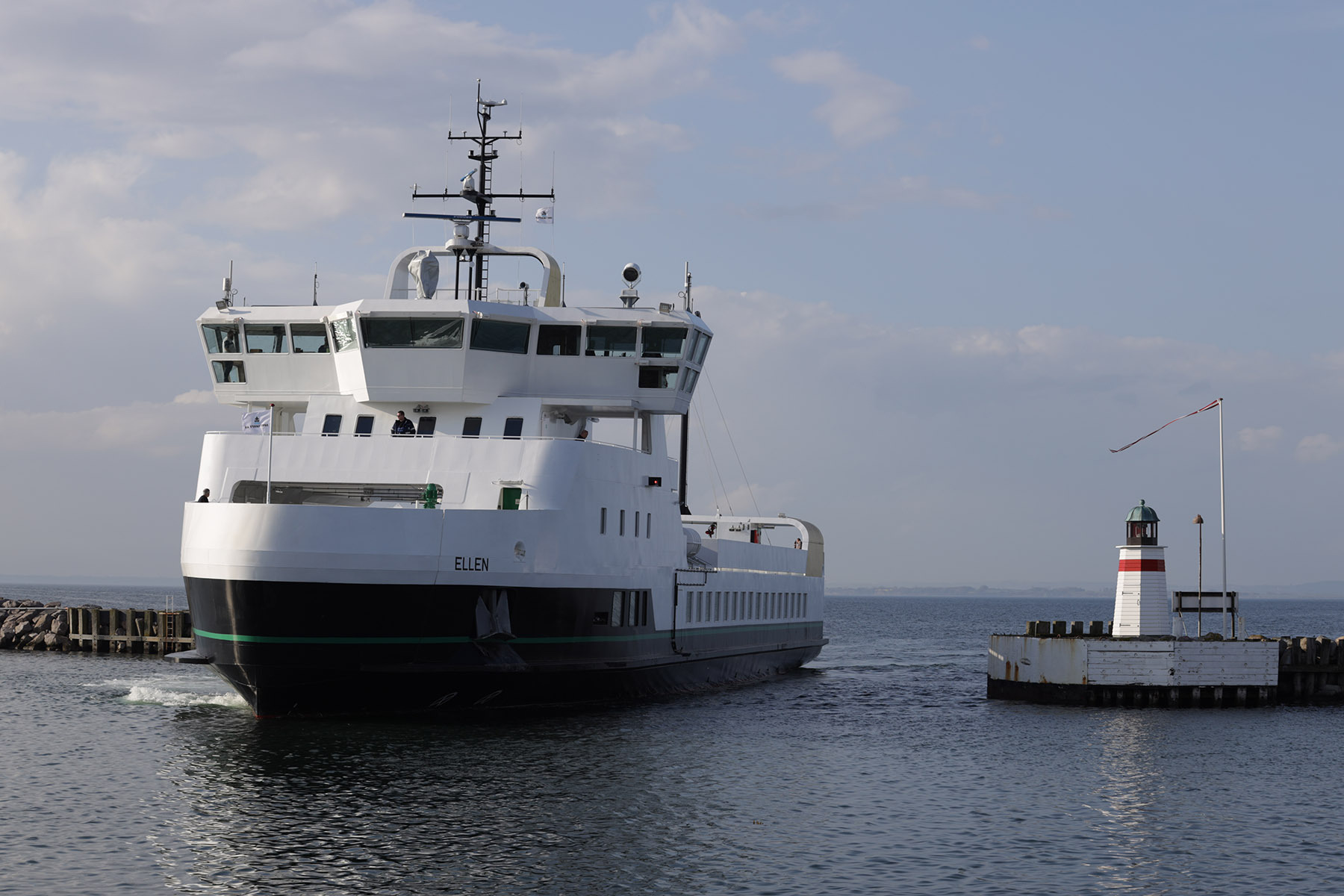Case study
eFerry

The Challenge
Leclanché Energy Storage Systems were selected to power the world’s largest electric ferry, the E-ferry. With a 4.3MWh capacity, the E-ferry sets a new benchmark in marine propulsion applications. It operates between the islands of Aero & Als in southern Denmark.
Replacing a diesel ferry results in annual emissions savings of :
- 2000 tons CO2
- l 42 tons NOX
- l 2.5 tons of particulates
- l 1.4 tons SO2.
The battery system provided by Leclanché uses high energy lithium-ion G-NMC cells with unique safety features including bi-cell laminate design and ceramic separators to ensure performance does not come at the cost of safety. Leclanché develops and manufactures its own cells with both graphite/NMC (Lithium Nickel Manganese Cobalt oxide) and LTO (Lithium Titanate Oxide) technologies. Parallel, redundant battery and drivetrain systems makes the E-ferry
exceedingly safe and reliable. The E-ferry has been designed with uniquely integrated battery and drivetrain systems providing unparalleled operating efficiencies.
The Solution
With over 100 patents in lithium-ion battery cell technology and production, Leclanché batteries deliver exceptional safety, longevity and cycle life. Leclanché battery systems are manufactured in Germany & Switzerland, in compliance with the highest environmental standards.
The E-ferry is part of Danish Natura project aimed at providing green transport for local residents. This project has received funding from the European Union’s Horizon 2020 Research and Innovation Program under grant #636027.
Key Figures
At time of construction the E-ferry is the world’s* most powerful zero emission, fully electric ferry and is the result of an EU funded project.
- Date of operation : 2019
- Battery system : 4.3 MWh, G-NMC
- Charging power : 3.9 MW DC
- Propulsion power : 1.5 MW (2 x 750 kW)
- Dimensions : 59.4m (length), 13.4m (width)
- Capacity : 31 cars or 5 HGV trucks & 8 cars
- Country of operation : Denmark
- Battery service life : 10 years
- Maximum speed : 15.5 knots
- Propulsion motor : Liquid cooled electric motor (Synchronous reluctance assisted permanent magnet technology)
- Light ship weight : 650 tons
- Passengers : 198
Other case studies
-
Graciosa is an island of 4,500 inhabitants in the Atlantic Ocean that is part of the Portuguese Azores, 1,600 km away from the Portuguese mainland.
-
As more and more intermittent sources of renewable energy such as wind and solar are introduced to the grid, operators are finding it increasingly difficult to maintain the stability of the electrical system.